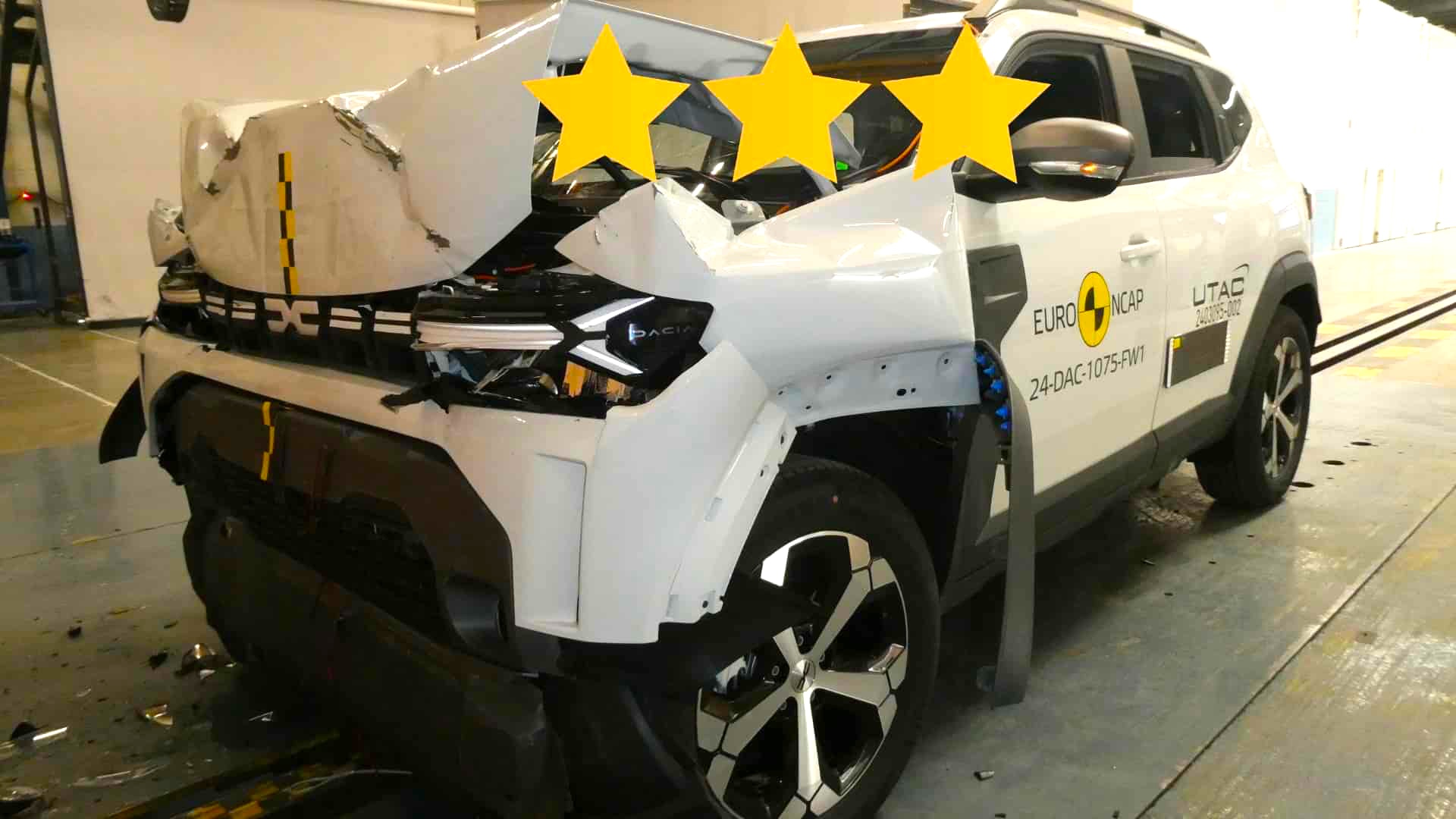
Kestirmeden otomobil karalama rehberi
Otomobilleri değerlendirirken kullanılan, daha doğrusu kullanmamız gereken en temel kriterlerden konfor, yol tutuş ve rafinelik (bir başka ifadeyle NVH, yani gürültü-titreşim-sertlik seviyesi) gibi kavramlar kısmen göreceli ve ölçümlemesi zor olduğu için, bu konuda ortada büyük bir bilgi kirliliği var. Otopark'ta araç test ettiğim dönem elimden geldiğince aktardığım her tecrübeyi görsel olarak da desteklemeye çalışıyor, farklı arabalarla aynı virajlara girip aynı kamera açısıyla gösteriyor, aynı çukurlardan geçiyor ve desibel ölçümleri gibi matematiksel verilerle de söylediklerimin oturmasına gayret ediyordum. Kişi eğer bir otomobilin;
- Sürat, yol tutuş ve süspansiyonunun çalışma limitlerine ulaşmamış,
- O arabanın rakiplerini de yukarıdaki biçimde sürüp tecrübe etmemiş,
- Tecrübelerini değerlendirebilecek eğitim ve objektifliğe sahip değilse,
O otomobile senelerdir sahip olsa bile, üstteki hususlarda sağlıklı bir geri bildirimde bulunabilmesi mümkün değil. Bu yüzden de aynı otomobil hakkında her kafadan ayrı ses çıkabiliyor, kullanmamış olanlar da genelde o marka/model hakkındaki yerleşik önyargıları tekrarlıyor ve ortaya kaotik, kısır bir kuru gürültü çıkıyor.
Biraz da bu yüzden tüketiciler, başta donanım ve fiyat olmak üzere, daha elle tutulur ve kolayca ispatlayabileceği verileri kullanarak otomobil değerlendirmeyi tercih ediyor. Fakat iyi bir arabayı kötüsünden ayıran onlarca kriterden yalnızca bir ya da ikisine sırtımızı yasladığımız zaman da, altyapısal olarak çok başarılı bir otomobili haksız yere kötüleyebiliyor, ya da tam tersine mühendisliği zayıf bir aracı göklere çıkarabiliyoruz.
• Araba X yaşında
İkinci elde sadece otomobilin senesine ve km'sine bakarak yorum yapmak zararlı bir alışkanlık haline gelmiş durumda. Halbuki bu ikisi, yalnızca aldığımız riskin bir ölçüsü: Basitçe eski ve çok kullanılmış bir arabanın sorun çıkarma ihtimal daha yüksek. Fakat bu, o aracı iyi ya da kötü yapmıyor; markası, modeli, sınıfı ve üstte sözünü ettiğimiz tüm kriterleri göz önünde bulunurarak ancak bir ilanın gerçek değerini belirleyebiliriz. Sarı sitede iyi bakılmış, temiz kullanılmış, kaliteli otomobilleri bulmak için gereken zaman ve özeni göstermez, bizi yolda bırakmayacak örnekleri öğrenmek için gereken araştırmayı yapmazsak, vasatı aşamayan modellere mahkum kalırız.
• EuroNCAP Y yıldız
2000'lerin başına kadar bir otomobilin EuroNCAP sonucunun, o arabanın yapısal sağlamlığının bir göstergesi olduğu ve düşük puanın, kaza anında yüksek ölüm riski anlamına geldiği doğru. Ancak kurum 2009'da bu yana, aktif güvenlik sistemlerini de değerlendirmeye başladı ve o günden bu yana bu sistemlerin kriterlerdeki ağırlığı gitgide arttı. Bugün bu donanımları standart sunmayan bir aracın 5 yıldız alması imkansız, ki modern Dacia'ların başına gelen de bu: 3 yıldız aldığı için yerden yere vurulan Duster'ın test sonuçlarını inceleyecek olursanız, aslında yetişkin yolcu ve yaya güvenliği 4, çocuk yolcu güvenliği 5 yıldız. Neticede, genelde hayatımızı kurtarmaktan ziyade dikkatimizi dağıtan şerit takip ya da hız uyarısı gibi sistemlerin en boş modelinde standart gelmemesinden ötürü bir arabayı 'güvensiz' olarak niteleyemeyiz.
• Z donanım bile yok
Aynı üstte söz ettiğimiz bazı aktif güvenlik sistemleri gibi, çoğu modern otomobil donanımının doğru düzgün çalışmadığından daha evvel bahsetmiştik. Elbette CarPlay ya da park sensörü (ki her araca sonradan takılabiliyor) gibi hayatımızı kolaylaştıran istisnalar ve klima gibi artık olmazsa olmazlar mevcut, fakat ihtiyacımız olmayan birtakım oyuncaklara sahip değil diye bir otomobili defterden silmenin manası yok. Zaten parasını verdiğimiz vakit hemen her otomobilin üst donanım seviyesine çıkabiliyor ve bunları alabiliyoruz; eğer araba aynı fiyata rakiplerinin sunduğu bazı donanımlardan yoksunsa bu görece 'pahalı' olduğunu gösteriyor, 'kötü' değil.
• Arka frenler kampana
Belli bir ağırlık ve performansın üstüne çıkan otomobillerde doğal olarak arkada da fren diskleri bekliyoruz, zira disk frenler kampanalara kıyasla daha yüksek durma gücü ve daha iyi ısı dağılımı sağlıyor. Ancak unutulmamalı ki, arka frenler total frenajın sadece %30'una yakınını sağlıyor ve üreticiler, sadece masraftan kısmak için değil, aynı zamanda eğer gerçekten ihtiyaç duyulmuyorsa arkada disk kullanmıyor: Örneğin VW ID.3 ve ID.4 gibi modellerde arkada kampana mevcut çünkü EV'lerin rejeneratif fren sistemi, çok etkili bir 'motor freni' yaptığı için arka disklere gerek bırakmıyor. Bugün C sınıfından itibaren hemen tüm içten yanmalı motorlu araçlarda zaten arkada disk mevcut, ancak bilhassa 100hp ve 1200kg altı A/B segmenti bir otomobilin şayet ön frenleri yeterince büyükse, arkada kampana yer almasının reel kullanımda yaratacağı büyük bir fark yok.
• Arkalar torsiyon
Teoride hem yol tutuşu, hem de konforu azaltan ve sıklıkla 'ucuz' otomobillerle ilişkilendirilen torsiyon çubuğu, her arabada aynı şekilde çalışmıyor ve aynı etkileri göstermiyor. Tipik örneklerinden biri Golf mk7: Yayınlarda da sık sık söylediğim gibi, bilhassa zemindeki engebeleri sönümleme becerisiyle test ettiğim 1.6 TDI'ların sürüş tecrübesi, bağımsız arka süspansiyonlarla gelen 1.4 TSI'lara nazaran beni daha fazla etkilemiştir ki tutuş limitleri olarak da hiçbir problemleri yoktu. Aynı şekilde, sürüş dinamikleriyle nam salmış Ford Focus'un güncel kasasında da düşük güçlü modellerde arkalar torsiyonla geliyor fakat üst modellerle aralarında belirgin bir sürüş farkı bulunmuyor. Artı, her torsiyon çubuğu aynı yapıda değil: Opel Astra J gibi nefis bir tutuş/konfor dengesi sunan otomobilin arkası torsiyon diye geçiyor ancak aslında Watt's bağlantısı adı verilen, çapraz takviyelerle stabilitesi artırılmış, son derece karmaşık bir sisteme sahip. Öte yandan, PSA grubunun özellikle 10+ sene önceki torsiyonlu modellerini sürdüğünüzde, bu arabaların ön ve arka takımlarının hem çukur, hem de virajlarda bambaşka tepkiler verdiğini çok net bir biçimde gözlemleyebiliyorsunuz. Sözün özü, fiyat ve segment yukarı çıktıkça arkada bağımsız süspansiyon beklentimizin artması doğal, ancak araç torsiyonla geliyorsa bile sürmeden (ya da uluslararası otoritelerin görüşlerini dinlemeden) linç etmemek gerekiyor.


8 Yorum